
This project explores machine learning applications in computer vision: image classification and semantic segmentation.
This part trains an image classification network on the Fashion MNIST dataset. This dataset contains 10 classes that we will attempt to classify: t-shirt, trouser, pullover, dress, coat, sandal, shirt, sneaker, bag, ankle boot.

My network consists of 2 convolutional layers (16 and 32 channels) with size 3 kernel followed by a ReLU and a maxpool.
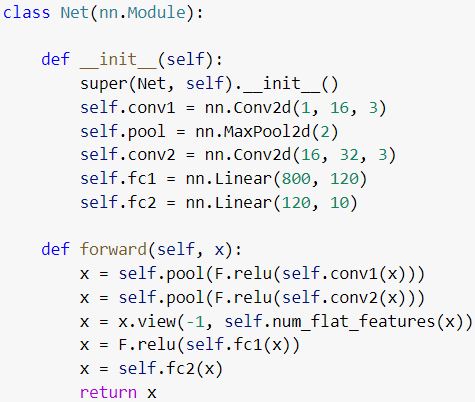
| Hyperparameter | Value |
|---|---|
| Loss Function | Cross Entropy Loss |
| Optimizer | Adam |
| Learning Rate | 0.01 |
| Epochs | 2 |

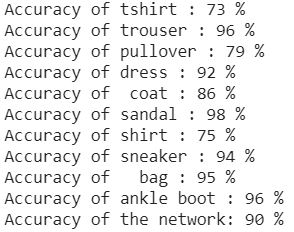
T-shirts, shirts, and pullovers are the most difficult to classify because they are look similar and are difficult to distinguish.


This part trains a semantic segmentation labeling network on the Mini Facade dataset. This dataset contains buildings that we will attempt to label by their balconies, windows, pillars, facade, and other.
My network consists of 6 convolutional layers (32, 64, 128, 64, 32, and 5 channels) with size 3 kernel followed each by a Batch Normalization and ReLU except for the last layer. Maxpooling and Upsampling is done in the 2nd and 5th layer.
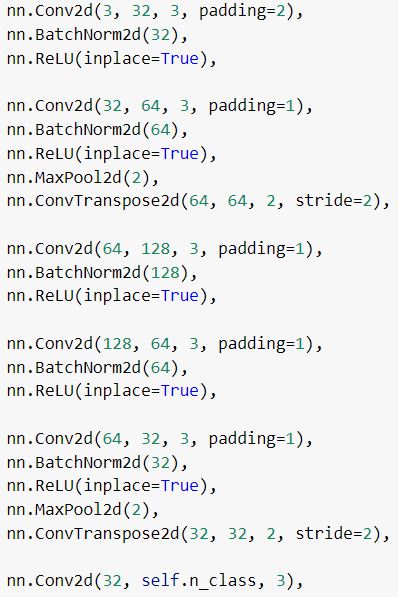
| Hyperparameter | Value |
|---|---|
| Loss Function | Cross Entropy Loss |
| Optimizer | Adam |
| Learning Rate | 1e-3 |
| Weight Decay | 1e-5 |
| Epochs | 20 |
| Batch Size | 10 |


The model is able to correctly label windows most of the time, but is unable to differentiate between the facade and other objects.

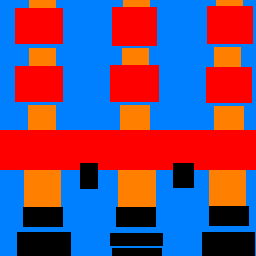


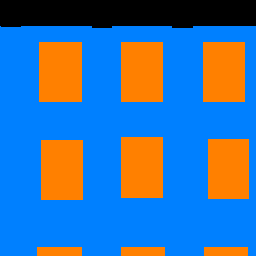
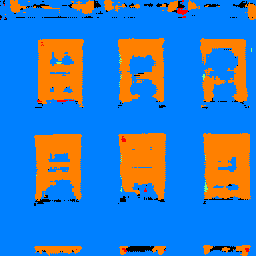

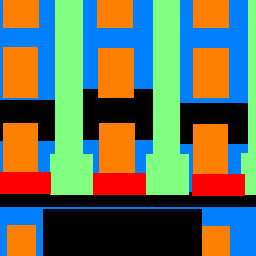


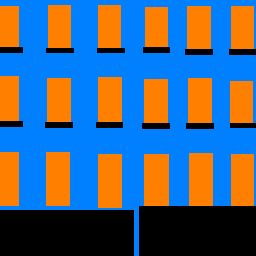
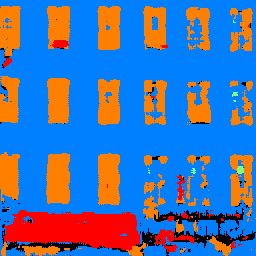
Although this was conceptually difficult due to a limited background in machine learning, it was rewarding to train an image classification and semantic segmentation network.